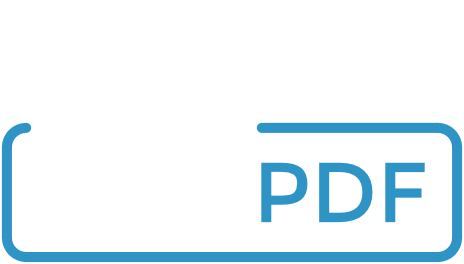Can transdermal patches be halved?
- May 16, 2023
Sometimes it is necessary to give a lower patch dose than is available. This problem has become more frequent with supply issues for some patch doses. Manipulation of a dose form can affect pharmacokinetics and stability, although there are very few studies involving patches. Cutting or occluding a patch in order to administer a lower dose may be unavoidable. This bulletin discusses preferred methods for halving patch doses, and the risks and benefits of this practice.
To cut or not to cut:
Whether a patch can be cut depends on how the medicine is stored within the patch, which is either a ‘matrix’ or a ‘reservoir’. This information can be found in the medicine’s Medsafe datasheet (go to ‘Pharmaceutical Form’ section).
✓ Matrix patches can be cutThese medicines are embedded in a solid adhesive matrix and release is proportional to the surface area of the patch on the skin. By halving the surface area, we expect the dose rate to be approximately halved. Cut the patch diagonally from corner to corner. For round patches, fold in half and cut along the folded line. Ideally discard the remainder of the patch, folding the adhesive layers together first. However, the cut half could be used for the next dose if stability data exist or if supply is limited, by storing in an airtight bag. One study1 found cut estradiol patches are stable when stored in an airtight plastic bag at 21 degrees Celcius for up to one month.
* Opinion is conflicting – some sources suggest cutting patches is not reasonable
|
⤫ Reservoir patches CANNOT be cutThe medicine is in a liquid reservoir with a rate-limiting membrane to control release of the medicine. Cutting will cause liquid to leak, potentially releasing the full amount of medicine.
*Opinion is conflicting – some sources suggest cutting patches is reasonable
Two alternative methods for halving the release rate of reservoir patches (but can also be used for matrix patches):
|
||||||||||||||||||||||||||
Other considerations:
|
|||||||||||||||||||||||||||
For further information on the use of transdermal patches:
Reference: Ankarberg-Lindgren C, et al. Estradiol matrix patches for pubertal induction: stability of cut pieces at different temperatures. Endocr Connect. 2019;8(4):360
|
|||||||||||||||||||||||||||

 Download PDF
Download PDF